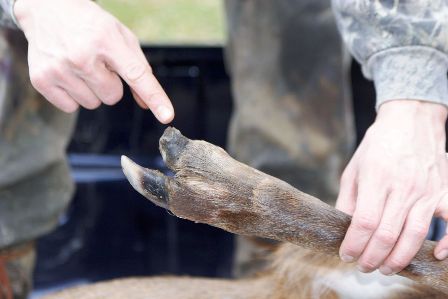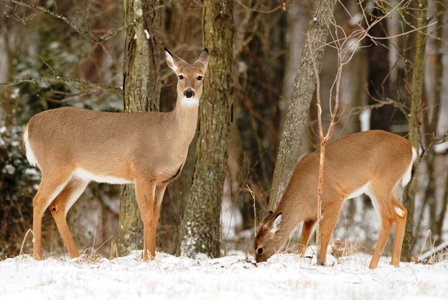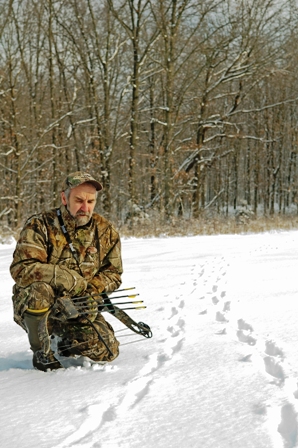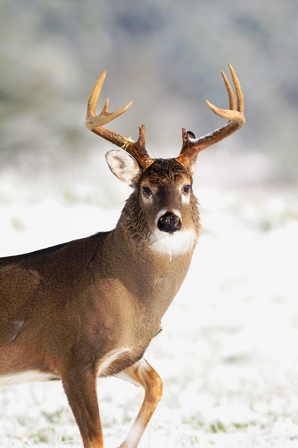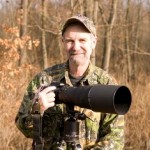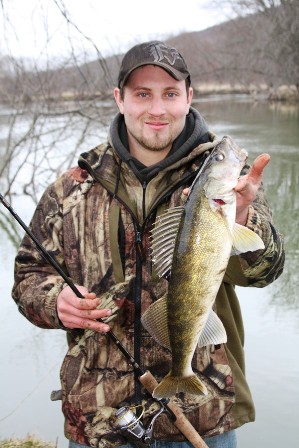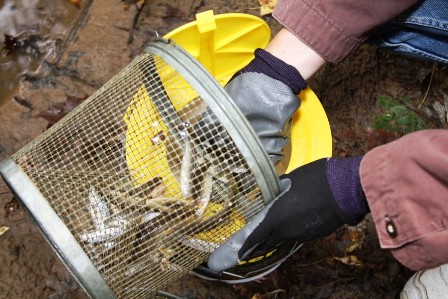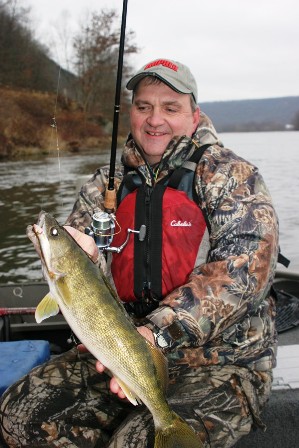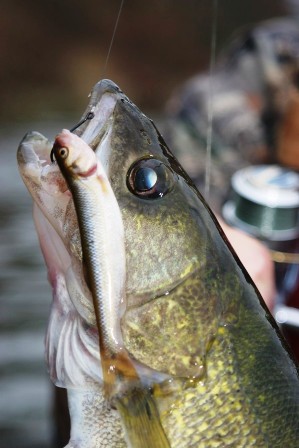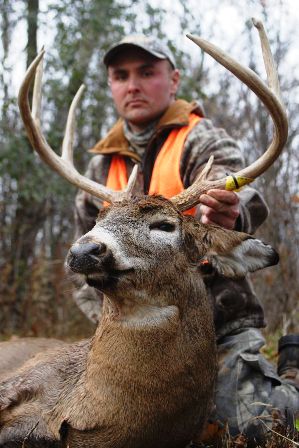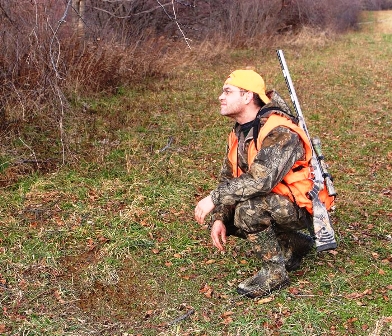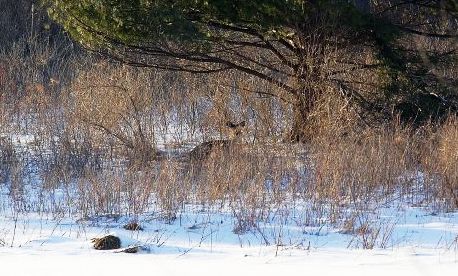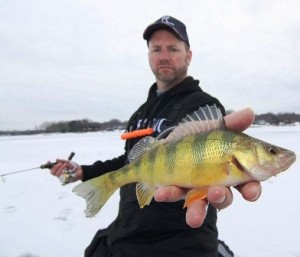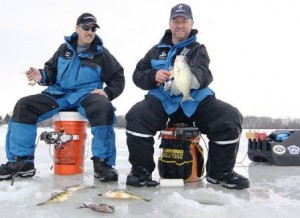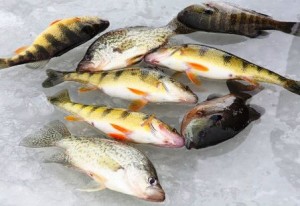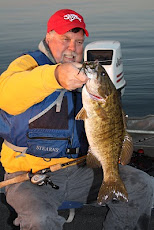by Bill Vaznis
Can you really tell a buck track from a doe track?
“There is no anatomical difference between the hoof of a buck and that of a doe,” a biologist once told me. “Therefore it is impossible to say with any degree of certainty that a deer track you find in the snow was left there by one sex or the other.”
8 Clues to “Sexing” a Set of Deer Tracks
Each deer season, hundreds if not thousands of racked deer meet their demise by savvy buck hunters who can indeed sex a set of deer tracks. All it takes is a little common sense. Here are some clues to look for when learning how to track deer:
- In wilderness areas a mature buck outweighs the average doe by 100 to 200 pounds. It stands to reason then his spoor will be longer and wider than that of a doe to support that extra weight. Indeed, if your fist does not cover the track and it measures over three inches in width, it was probably made by a mature buck with a live weight of at least 200 pounds.
- If the ground is soft underneath his toes will also be splayed, pointing outward.
- His rear feet will sink deeper into the soil than the average doe, and his dew claws will leave impressions. Why? He has a bigger, heavier butt!
- Rutting bucks seem to drag their feet, probably to conserve energy, but with six or more inches of snow both sexes drag their feet.
- Look closely at his front hoof prints. Rutting bucks make lots of scrapes, often wearing down and roughing up the outside edge of each front hoof.
- A mature buck has a barrel chest. Thus his trail will be wider than that of a doe… at least six inches to the right and left of the median. This wider trail is dead give-away and easy to spot from a distance.
- A rutting buck moves through the woods with a destination in mind, purposeful and straight forward, as he travels from one concentration of does to another in his seemingly endless search for a hot doe. A doe will more likely meander back and forth with no particular place to go, and her tracks will appear daintier.
- Another trait to keep in mind is the length of stride. Jim Glidden, one of the founding fathers of the New Hampshire Skull and Antler Club, hunts heavy bucks. At last count several years ago, he had 15 of the monsters to his credit. He discovered that a mature buck that will dress out at 200 or more pounds has at least a two-foot stride measured from the tip of his front foot to the heel of his rear foot. It will dress out only 190 pounds however if the measurement is 23½ to 24 inches. What a difference a half-inch can make!
Yellow Snow
Jim Massett, one of the nation’s leading deer trackers and former president of the New York Big Buck Club, once told me how he can differentiate a fawn buck track from that of a fawn doe. As he tells it, a doe squats to urinate leaving a yellow stain dead center between her back legs. A buck however, whose sheathed penis is positioned similar to that of a dog, urinates left or right and a bit forward of dead center. To be sure, it takes lots of experience in the deer woods to make that determination. Tips like these can save you a lot of time in learning how to track deer.
Of course, if you find rose colored snow, you can pretty well assume it belongs to mature doe near estrous. If the track is fresh, you might just want to hang around a bit. A rutting buck may not be far away.
Don’t miss A Master Tracker Reveals His Secrets, Part 2
***
About Bill Vaznis
 A lifetime of hunting and outdoor writing has put Bill’s byline in every major outdoor magazine in North America. He has published over 1,000 articles and columns plus thousands of photographs on bowhunting, big-game hunting and freshwater fishing. Today he owns and edits a rapidly growing digital magazine for bear hunters named Bear Hunters Online. He has also published three how-to hunting books: Successful Black Bear Hunting, 500 Deer Hunting Tips and Still-Hunting Trophy Whitetails. He lives on a farm in upstate New York with Grizz, a 30-pound woodchuck with a voracious appetite for the neighbors’ gardens.
A lifetime of hunting and outdoor writing has put Bill’s byline in every major outdoor magazine in North America. He has published over 1,000 articles and columns plus thousands of photographs on bowhunting, big-game hunting and freshwater fishing. Today he owns and edits a rapidly growing digital magazine for bear hunters named Bear Hunters Online. He has also published three how-to hunting books: Successful Black Bear Hunting, 500 Deer Hunting Tips and Still-Hunting Trophy Whitetails. He lives on a farm in upstate New York with Grizz, a 30-pound woodchuck with a voracious appetite for the neighbors’ gardens.
For more articles by Bill Vaznis, click here.
For the best deer skinning knife, click here.
9,554 total views, 1 views today


